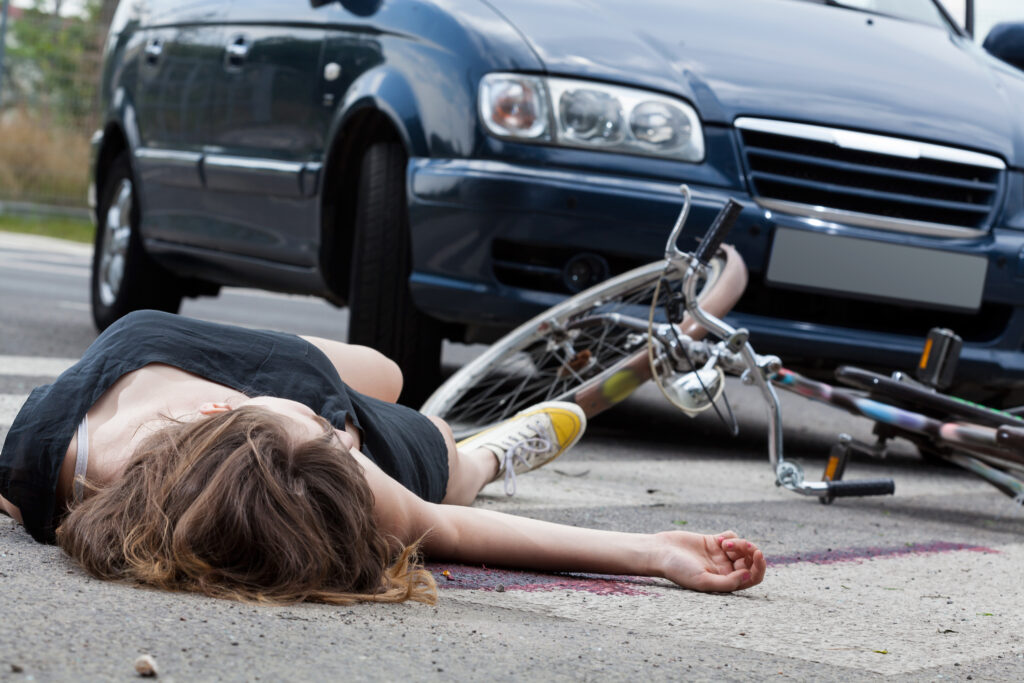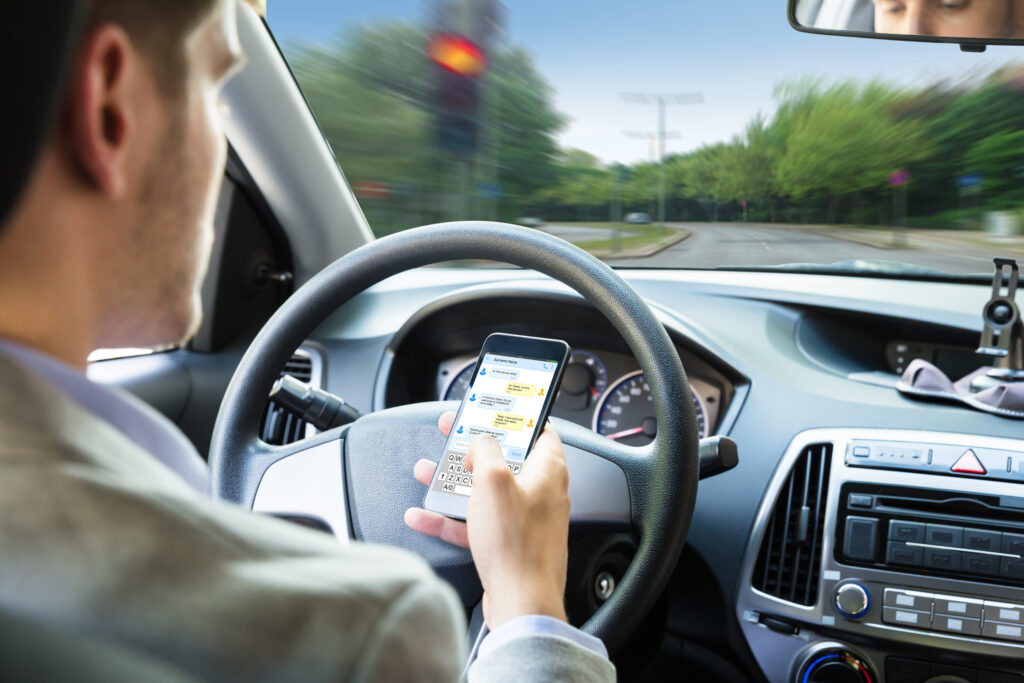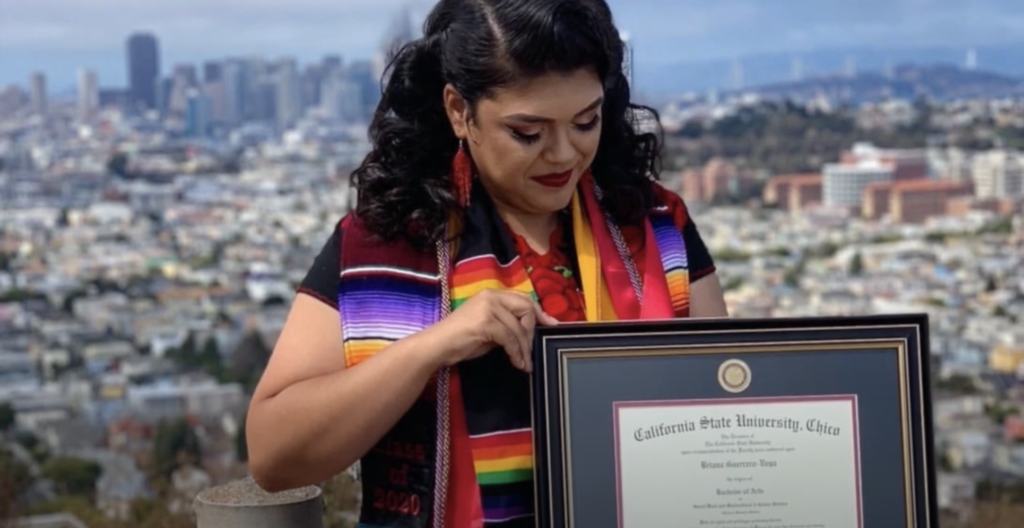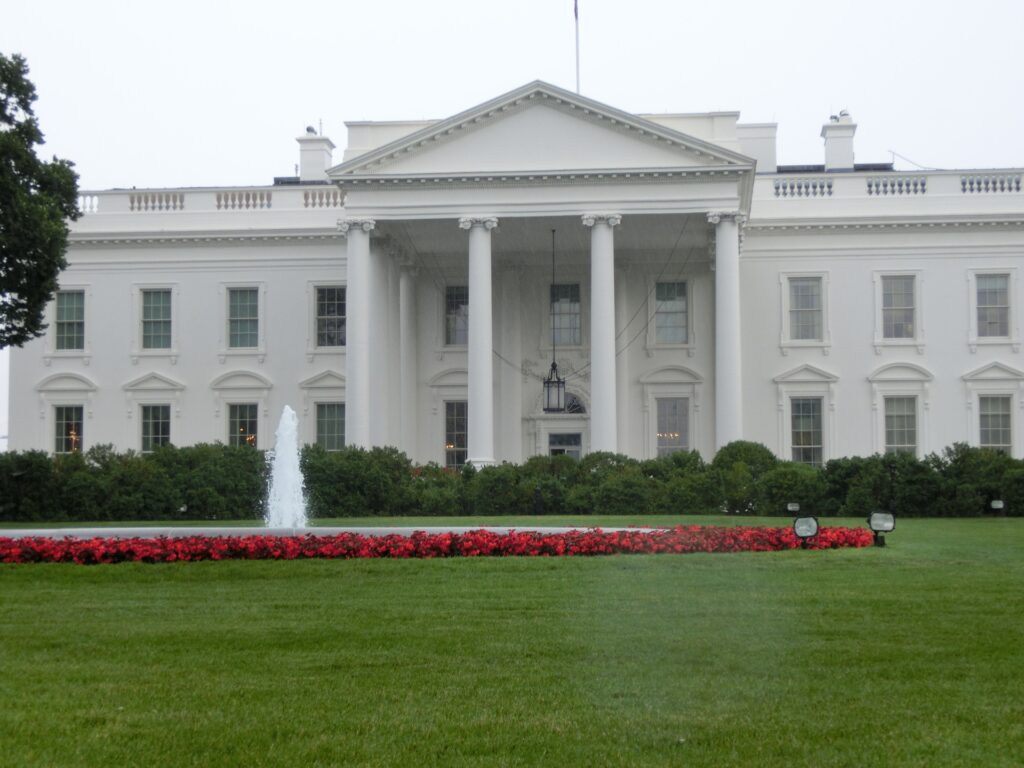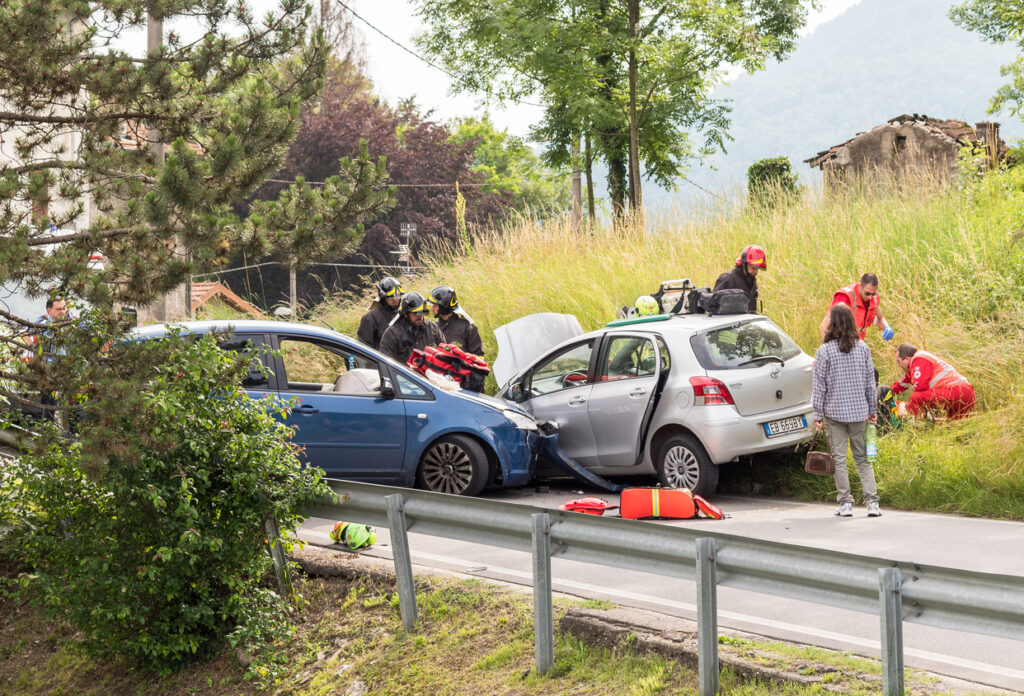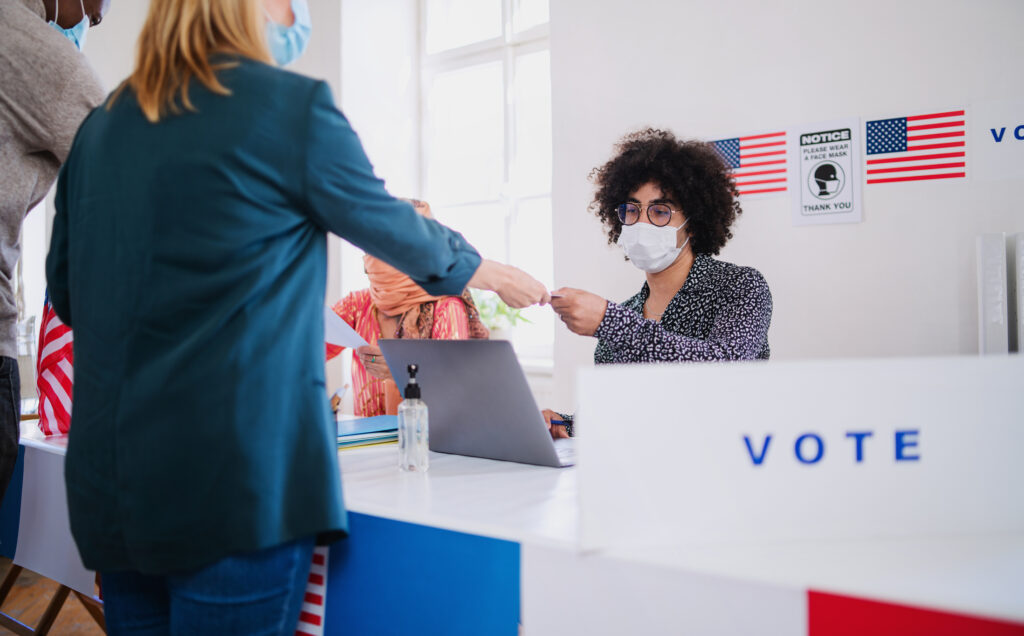Bicycle Accidents on Crosswalks
Written By: Christopher B. Dolan and Cristina Garcia This week’s question comes from Heather M. in Pacific Heights who asks: “I was riding my bicycle down Oak Street, approaching Franklin Street when I realized my backpack was not closed properly, so I pulled over onto the sidewalk to adjust my backpack. As I jumped back …

